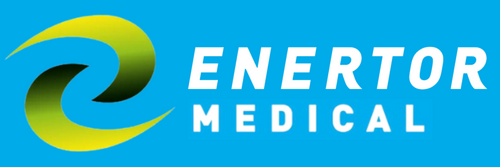Calf Pain let's face it a annoying. It appears at the worst possible times. It can happen at that inconvenient time when you are really getting into that workout or it creeps up out of the blue in the morning before that stressful day at work.
Admitting you have Calf Pain can be embarrassing because it can make you question is calf pain is normal after running?
Short answer: Don’t worry your not a freak. It is completely normal!
Identifying what calf pain is? What causes calf pain? What types of calf pain there are? will help you select the best recovery treatments plans.
Calf injuries from running
Calf Injuries from running are normal and most of the time easily treated by some good old-fashioned rest.
A Calf injury is caused by a pain you experience in either the lower or upper or lower part of the leg. This can be across the three quadrants (Upper, middle or side)
This is a common complaint from passionate runners.
Reasons for this pain are caused by;- Excessive training- Simply put. If the muscle is overworked before it is ready it will whine in the form cramps, aches, and pulled muscles and put up a stubborn resistance to future exercise workouts.
- Distance increase- Again. Ambitious workouts can be too much for the calf and the calf will resist as much as possible.
- A change of running style- How you run can be a factor in where you experiencing pain. Personal trainers and Physiotherapists focus on this aspect when designing their treatment plans. It is also worth taking note of this as it will help you purchase the right running gear to prevent injuries.
- Environmental factors- If you are an adventurous runner and seek places like forests as the ideal workout environments then be aware that uneven, rough surfaces can hurt the feet which eventually hurts the calf. Inner insole inserts can help cushion this effect and prevent you from this injury.
Types of Calf Pain
There are three muscle units (triceps surae) in the calf muscles that cause the two types of Calf pain. A calf strain can occur when one of these three muscles is injured.
These muscles are:
- Gastrocnemius- Two large muscles at the back of the lower leg that most people refer to as the calf muscle.
- Soleus- The shorter and thinner muscle which connects the Gastrocnemius to the Calcaneal (Achilles) tendon (basically, the bridge between the large muscles and the ankle)
It is easy to identify a strain in the Gastrocnemius muscles. You will feel pain, cramps and tight sensations in the lower back part of your leg. This is the least painful and easily treatable strain.
Pain in the Soleus muscle is harder to identify and is often confused with a problem within the Achilles tendon. It is likely to be more painful because it does not cross the knee bent, unlike the gastrocnemius muscles.
You can identify what type of strain it is using the classic straight-legged to a bent knee calf stretch. The pain felt with a straight leg is likely to be a Gastrocnemius strain. The pain felt in a bent knee stretch is likely to be a Soleus strain.
Treatments
So, we understand your main aim is to get rid of Calf pain because it hurts, You want to enjoy long distance runs and you want to progress in your training.
Here is how to Treat Calf Pain:
- Stop running until it heals- Your body needs rest so give it what it wants.
- Wearing the right shoes/ and or insoles- The right running shoes and inner insoles will work wonders for you. They reduce the harsh impact from the ground that causes all the problems in the first place.
- Hot and cold treatments- This is simple but effective. Apply an Ice pack just after you experience the injury while reducing blood flow and prevent swelling. Apply the heat pack later to relax your muscle causing it to heal faster. The Heat will also sooth the pain.
- Stretching- If your calf pain is mild then you can try stretching to speed up the recovery process. Sit or lay down and use a towel or a compression bandage, place this under your toes while you stretch your heel and feel that stretch in your calf. Do this stretch for 20 seconds before you let go three times a day.
- Assistance from Personal Trainers- They will be able to identify where the calf injury is and therefore give you workouts that reduce the pain and speed up recovery. They can also give you exercise that will prevent this injury from occurring.
- Physical Therapy- If the problem is more serious then A Physical Therapist is needed. They will be able to give you techniques that will strengthen the muscle and restore you to a pre-injury state.

